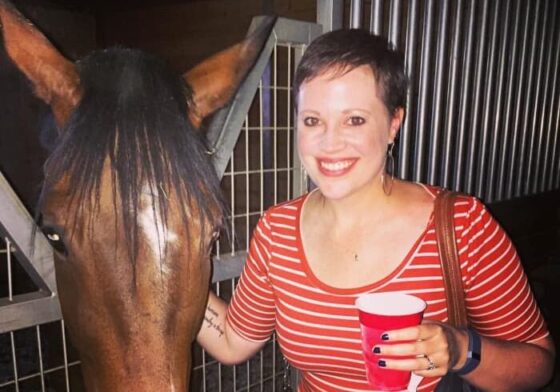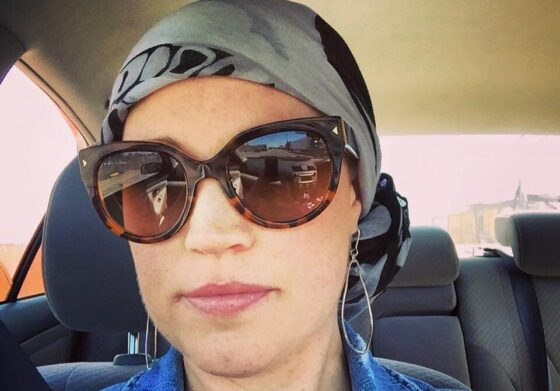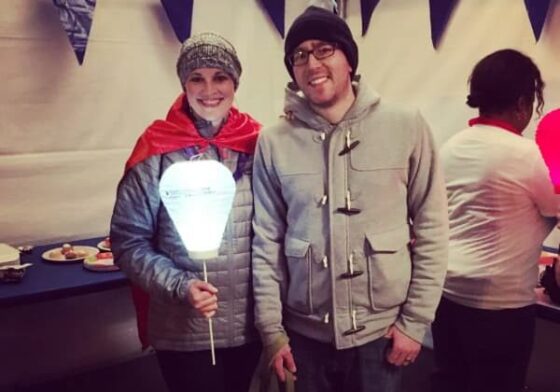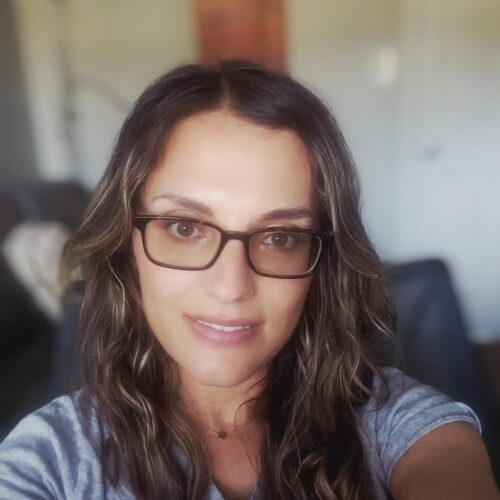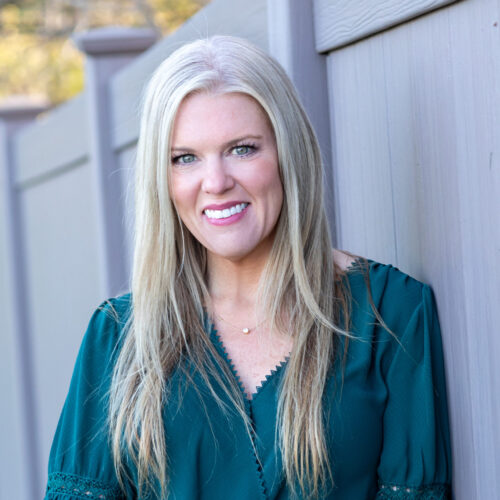When I first noticed the lump, I wasn’t doing regular breast self-exams but I was in tune with what my breasts normally felt like. One day, I happened to feel a bump while taking a shower and immediately thought “that doesn’t feel right.” I made an appointment with my gynecologist to get it checked, and she agreed that there was something there. She wasn’t too worried since I was young and had no family history of cancer, but she sent me for testing to be sure. The results confirmed that it was a benign mass. My gynecologist assured me that masses like this are very common and nothing to worry about.
With a negative test result and the doctor’s generic instructions to keep an eye out for any changes in the future, I mostly forgot about the lump. During an annual exam with the same gynecologist three months later, I asked if she thought the lump had gotten bigger. She checked her notes from our last session, and sent me to a breast surgeon for further testing. The surgeon ordered an ultrasound, mammogram, and then core biopsy. Those results came back positive for stage II triple positive breast cancer. Treatment included 6 rounds of chemotherapy, a lumpectomy, 25 sessions of radiation, and Herceptin for a year.
“Doctors aren’t perfect, and they get things wrong sometimes. That’s why it’s important to keep pushing for answers when you believe something isn’t normal.”
It took four months and one wrong test result to reach the correct diagnosis. Many people might have accepted the original test results or continued to brush the symptom off as unimportant, but I knew that the lump was not normal for me and that the appearance of my breast had changed. Doctors aren’t perfect, and they get things wrong sometimes. That’s why it’s important to keep pushing for answers when you believe something isn’t normal. I think about what could have happened if I had accepted the original diagnosis and I wonder how far my cancer would have progressed without detection if I hadn’t gotten checked again. Early detection is important, and you have to be an advocate for yourself and your health.
Symptom
- no early symptoms; noticed lump on breast and got it looked at
